There is a wide variety of protein choices outside what is available in the grocery store. One efficient protein option you should consider is bear meat. Lean, high in protein, and packed with iron, bear meat is an adventurous alternative to the typical beef and chicken options. Here’s a quick guide to the pros and cons of eating bear meat.
Pros of Eating Bear Meat
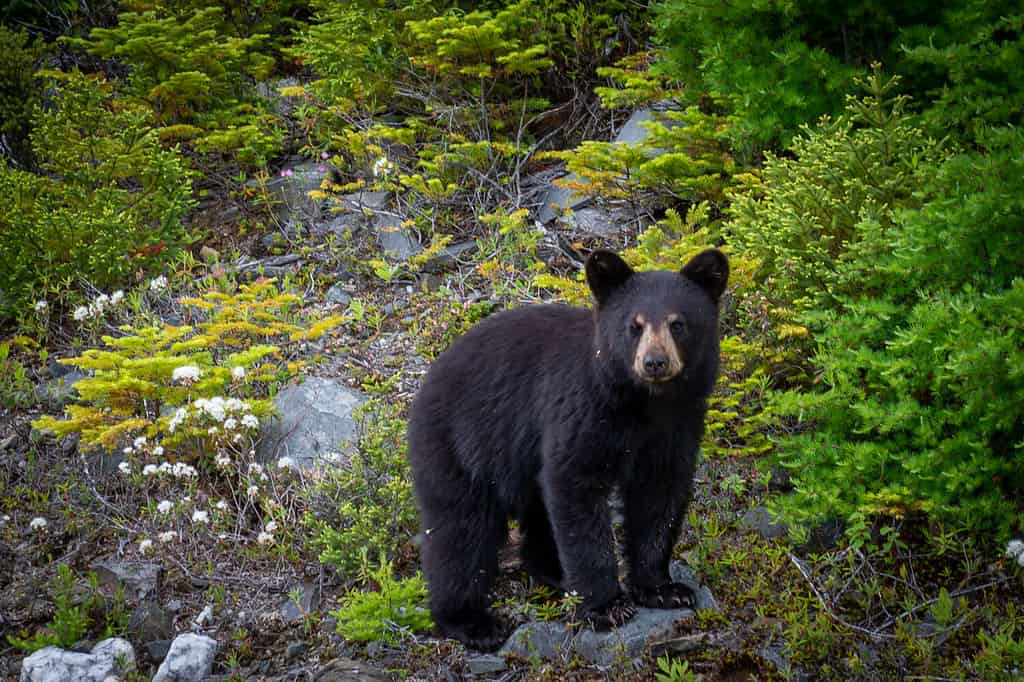
When comparing bear meat to beef, bear meat has less fat content.
©Dolores M. Harvey/Shutterstock.com
1. It Is a Lean Red Meat
Lean meats are meat with low-fat content, resulting in fewer calories. When comparing bear meat to beef, beef contains up to 20.7 percent fat compared to bear meat, which is only 8.3 percent. Eating lean meats will reduce your risk of chronic conditions such as heart disease, obesity, or high blood pressure.
2. It Is Unprocessed
Bear meat hasn’t been commercialized. In fact, most states outlaw the selling of bear meat. That means if you are eating bear meat, you either hunted it yourself or knew someone who did. That’s fresh meat without additives or preservatives that keep the meat from spoiling. Many grocery store meats have added chemicals to keep things fresh for longer on the grocery shelves. Also, companies raising chickens or cattle often add hormones or antibiotics to the meat to make the meat cheaper to produce. When you’re eating bear meat, you are getting pure, wild muscle.
3. Bear Meat Is an Efficient Source of Protein
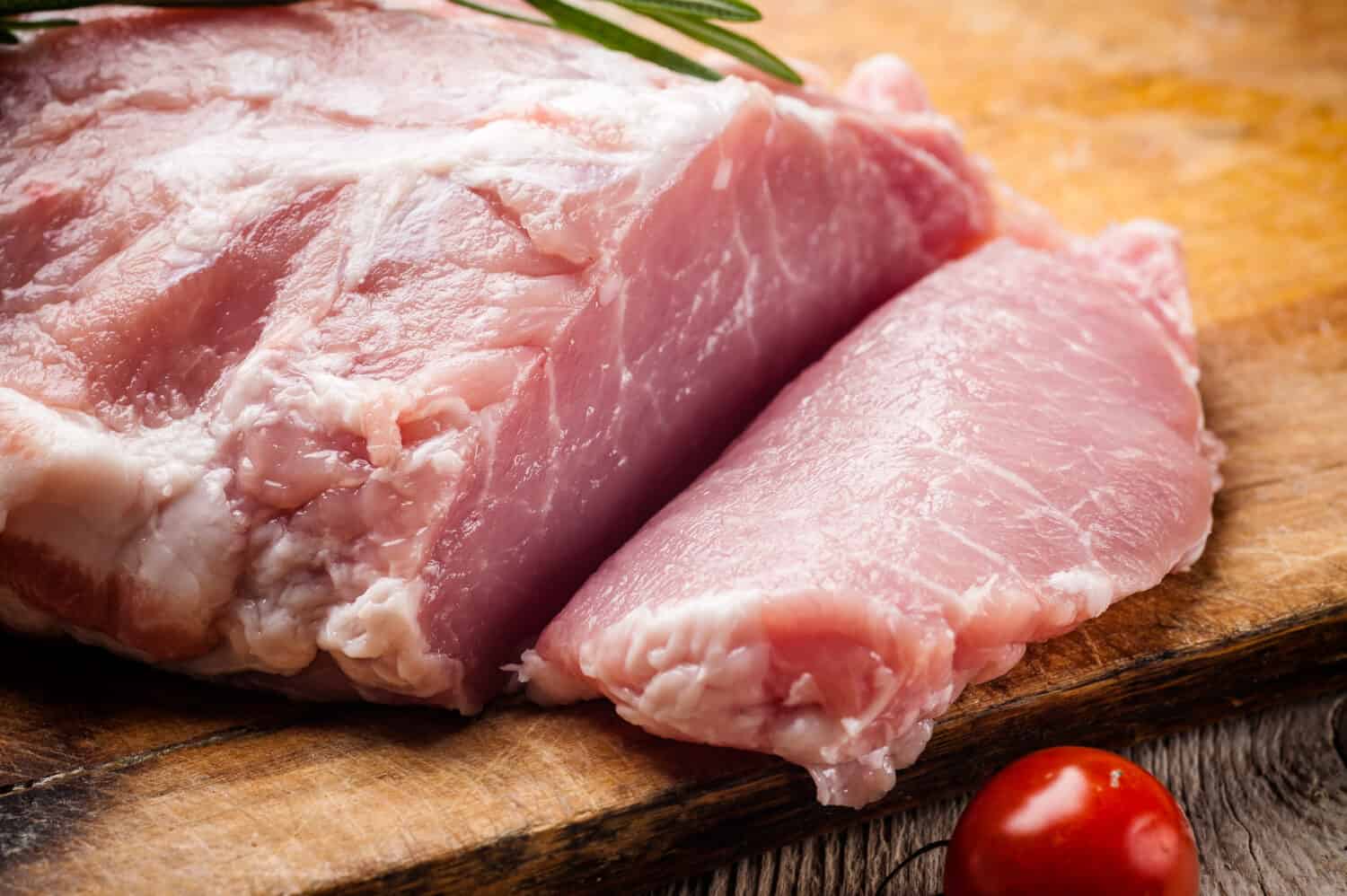
A three-ounce serving of bear meat will give you over half your daily requirements of protein.
©Taras Shparhala/Shutterstock.com
For a three-ounce serving of bear meat, you are getting 28 grams of protein. The average woman needs 45 grams daily, and a typical man needs about 55 grams. That’s over half of your daily protein requirements in a three-ounce serving of bear meat!
Protein is made up of amino acids, which your body uses to repair bones and muscles and create important hormones and enzymes. Plus, bear meat provides many other important nutrients. So if you are evaluating the pros and cons of eating bear meat, this is a major pro!
4. Good Source of Iron
The iron you need daily depends on your gender and age group. For instance, adult men age 19 to 50 years need about eight milligrams of iron daily. However, teenage girls ranging from 14 to 18 require 15 milligrams daily. Adult women ages 19 to 50 need 18 milligrams every day. In a three-ounce steak of bear meat, you consume about 9.1 milligrams of iron, about half the daily requirement for women.
Plus, bear meat offers heme iron, which is the type of iron best absorbed by the body. You absorb up to 30 percent of the heme iron that you consume. In contrast, the body only absorbs about one to ten percent of non-heme iron ingested.
5. Bear Meat’s Other Important Nutrients
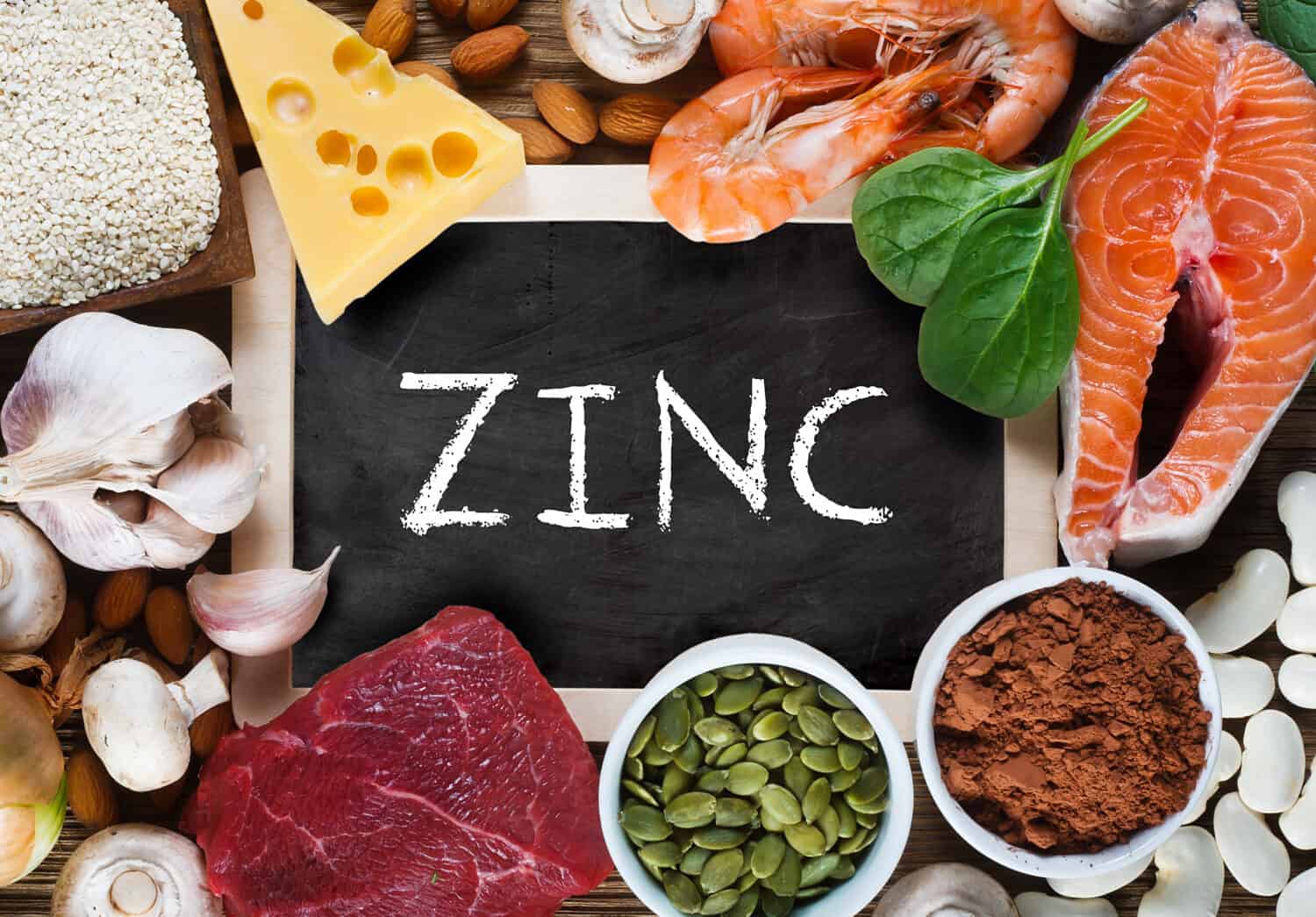
Bear meat is high in zinc. Zinc is a crucial part of the immune system and helps with wound healing, blood clotting, and thyroid function.
©Evan Lorne/Shutterstock.com
Besides protein and iron, bear meat is packed with nutrients like vitamin B12, zinc, and riboflavin. Vitamin B12 is a nutrient that ensures your body’s blood and nerve cells are in good condition. It also is important in making DNA, which comprises all healthy cells.
Zinc is a crucial part of the immune system and helps with wound healing, blood clotting, and thyroid function. Not to mention, zinc is essential for growth and development from pregnancy to childhood and beyond.
Also known by the name vitamin B2, riboflavin is a significant player in cell growth and function. Plus, it aids in turning food into the energy the body needs.
6. Bear Fat for Cooking
Depending on when you get your bear meat, you may have fat to trim, which you can use in cooking. If bear hunting in the fall, the bear will likely have good stores of fat as it is preparing for hibernating through the winter. Bears caught in the spring tend to be leaner, as they’ve burned through their fat stores and have mostly eaten the greens and berries available.
If you are a committed cast iron skillet user, bear lard is a fantastic way to make your pan non-stick without diminishing the taste of your dish. Some pastry chefs swear that bear lard makes rich and flaky pastries and biscuits. Others love the taste it adds to seared meat. In either case, the fat you trim may be put to good use in your kitchen.
7. Bear Fat for Health Products
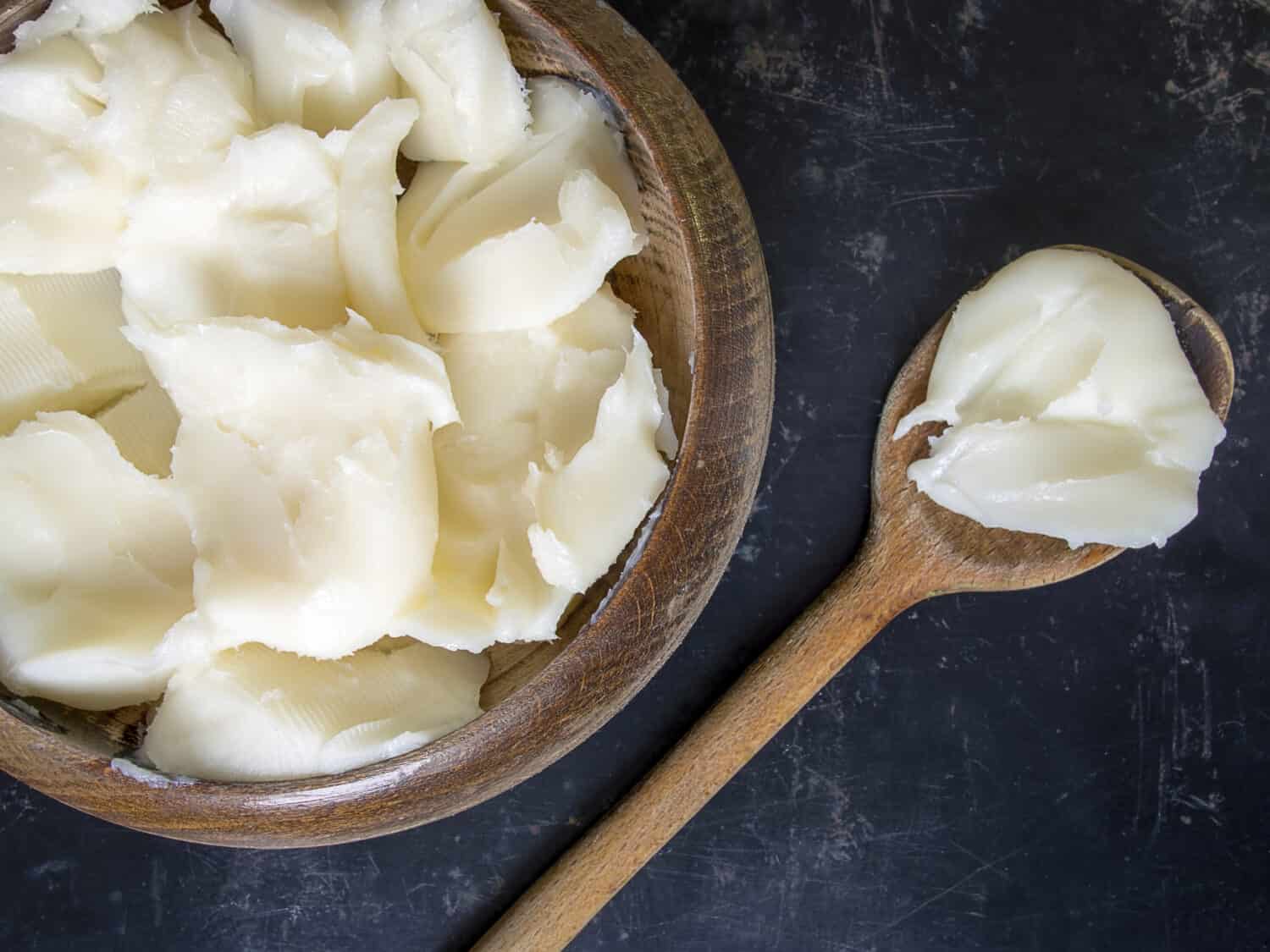
Bear fat and oils have been used to relieve itching from mosquito or bug bites.
©MarkoBr/Shutterstock.com
Another way people use bear fat and oil is for moisturizing and healing skin products. From chapped lips to eczema, many people use bear oil for skin healing. It can even relieve itching from a mosquito or other bug bite.
Cons of Eating Bear Meat
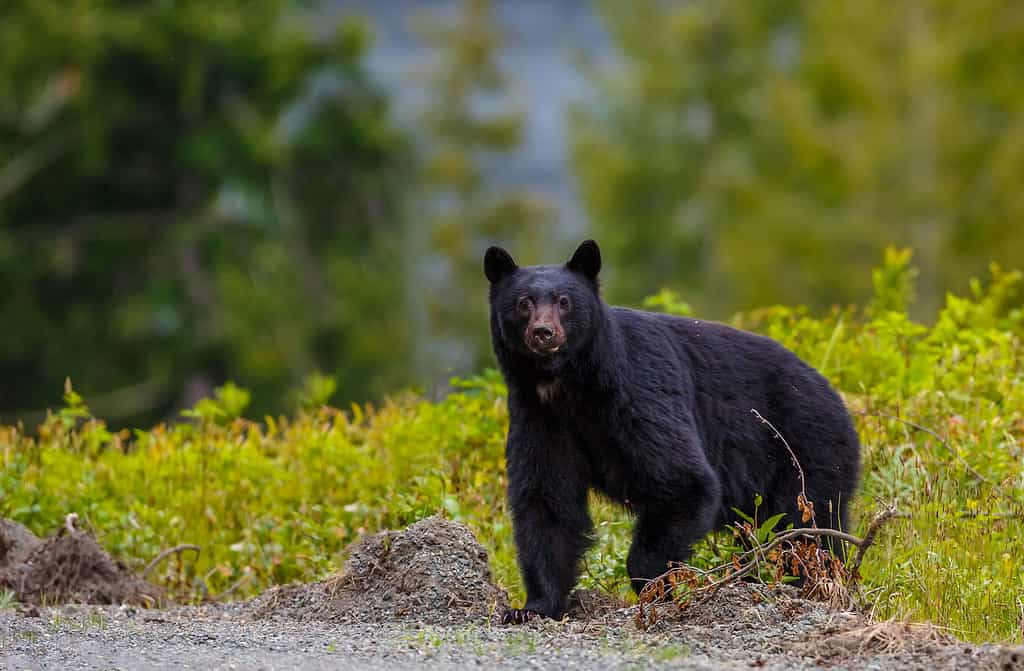
Bears may be carriers of a parasite that can cause the disease trichinosis in people.
©Menno Schaefer/Shutterstock.com
1. Parasites
Unfortunately, bears are known carriers of Trichinella spiralis, a parasite that, if consumed, can cause the disease trichinosis in people. Trichinella can make humans sick with symptoms such as fever, muscle pain, swelling in the face and extremities, and stomach problems. As far as the pros and cons of eating bear meat go, this is a major con.
That is why it is crucial that bear meat is cooked thoroughly and properly to make sure it is safe to eat. When cooking bear meat, make sure the internal temperature of the thickest part of the meat is at 165°F for at least 3 to 4 minutes. To be safe, heating the meat to an internal temperature of 170°F is a simple way to verify that the meat is cooked all the way. Cook until there is no trace of pink meat or fluid on the bear steak. Give special notice to any areas around joints or close to the bone.
2. Hunting For a Bear

Selling bear meat is illegal in most states.
©ZoranOrcik/Shutterstock.com
If you are already a hunter, the thought of acquiring your own bear meat probably seems thrilling. However, those interested in bear meat but not acquainted with hunting are in a bit of a bind. Either you need to make fast friends with someone who does black bear hunting, or you have to learn yourself.
Another downside is that it is illegal in many states to sell bear meat, so if you have an acquaintance or friend who does hunt, they will need to give you the meat for free. This might be an annoyance to the one who did the work of hunting and processing the bear meat.
3. Processing
Speaking of, the process of meat processing is a bear, so to speak. Because you can’t grab a package of bear meat up at the grocery store, that means it is up to you to process the meat. Whether doing it yourself or paying a game processing shop, that’s time and money that you are giving up.
4. Inconsistent Taste of Bear Meat

Many factors may change the taste of your bear meat, especially if the bear has had a steady diet of fish.
©Mark Caunt/Shutterstock.com
In most states, the main species of bear that you may hunt is the black bear. Depending on the time of year, mating season, and food available to the black bear, the taste of your bear meat may vary. For instance, hunters most enjoy black bears in the spring since the bears have been foraging for greens, berries, and grasses. This makes their meat lean and has a lighter taste.
However, bear meat acquired in the fall will mean more fat to trim. And, since the black bears are preparing for winter, they will eat more fish to get the needed fat stores. There’s no way around it, a bear who has eaten a lot of fish tastes and smells pretty bad.
In Conclusion
There are several pros and cons of eating bear meat. However, if you carefully prepare the meat safely, the pros outweigh the cons. Make bear meat your next protein of choice!
The photo featured at the top of this post is © Dolores M. Harvey/Shutterstock.com
Thank you for reading! Have some feedback for us? Contact the AZ Animals editorial team.







